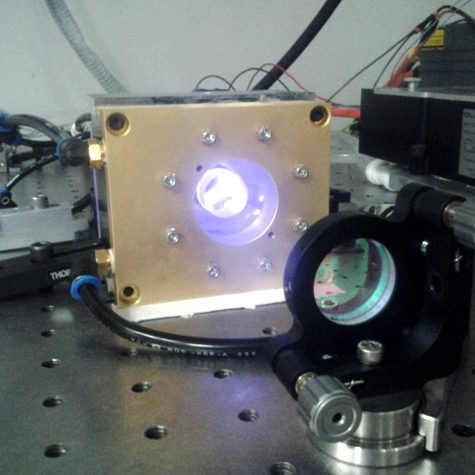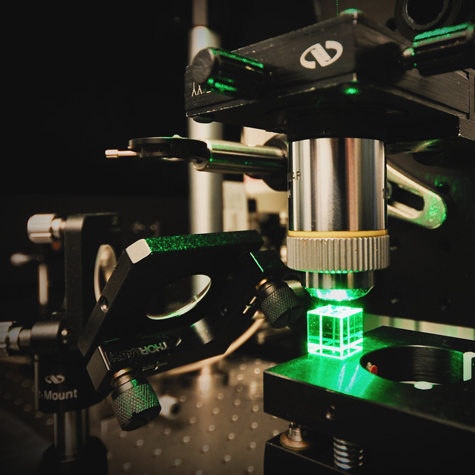
Laser Materials Processing
Our Laser Material Processing program uses ultrafast lasers to transform and enhance materials at the atomic level, driving innovations in photonic devices like 3D waveguides and MEMS. This research paves the way for next-generation technologies in optics and material science.
Fiber Laser Development
Our High Power Fiber Laser program, supported by the ARO, focuses on advancing thulium-doped fiber lasers operating at 1800–2100 nm, achieving innovations in CW, Q-switched, and femtosecond laser outputs. These lasers enable applications from atmospheric propagation to materials processing, pushing forward research in high-power, eye-safe lasers for diverse scientific and industrial uses.
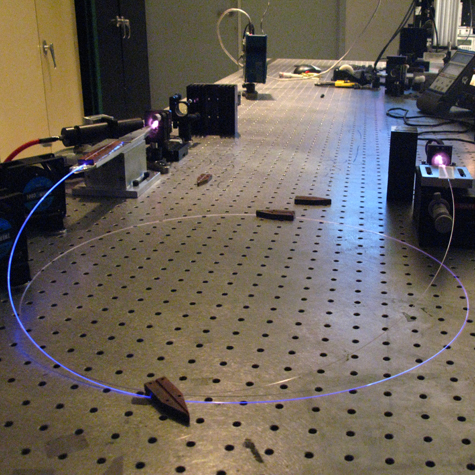
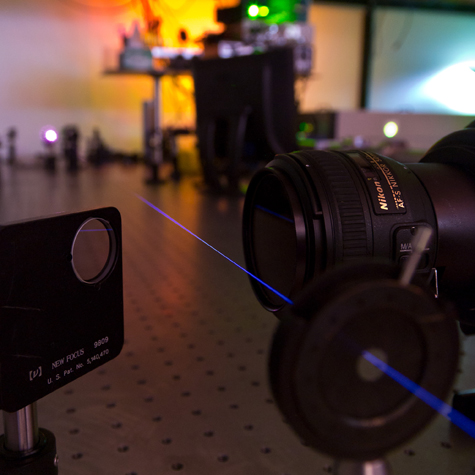
Laser Filamentation
The Femtosecond Engineered Propagation team studies self-channeling in ultra-high intensity laser pulses to control light channels for remote laser-matter interaction, focusing on self-focusing mechanisms in gases and filament interactions with solids. This work enables applications like creating controlled filament arrays for precise material interactions.
Ultrafast Laser Development
The Laser Plasma Laboratory (LPL) pioneers high-field research with advanced OPCPA systems, delivering ultra-short, high-power pulses for cutting-edge laser applications. With the HERACLES and PhaSTHEUS programs, LPL achieves unprecedented pulse stability and peak power, enabling breakthroughs in high-energy laser science.
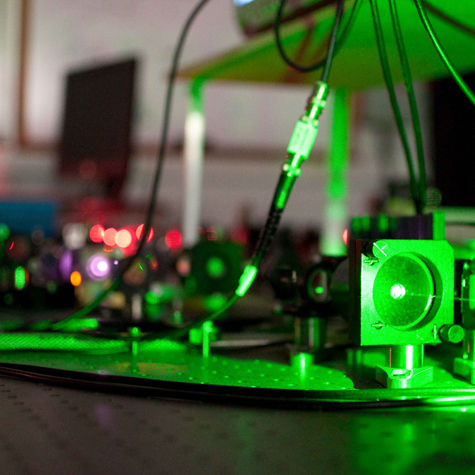
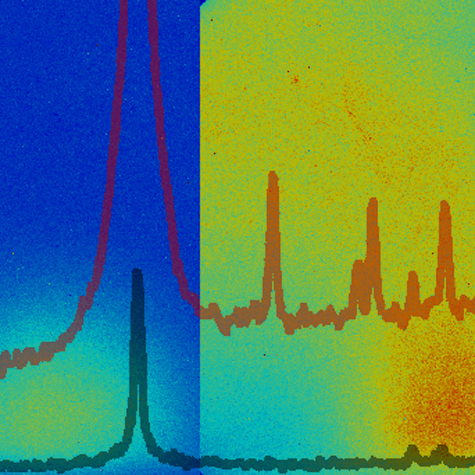
Spectroscopy and Sensing
The Laser Spectroscopy and Sensing Laboratory studies laser-matter interactions to enhance detection and sensing technologies, with applications in explosive residue detection, biological sample identification, and environmental monitoring. The team utilizes advanced laser sources, spectrometers, and detectors to drive innovations in these areas.
Solid State Laser Development
Thin-disk lasers, first demonstrated in 1994, offer a cutting-edge solution to solid-state laser thermal issues by distributing heat effectively across a thin gain medium, enabling high power without damage risks. Our Laser Plasma Laboratory, in partnership with TRUMPF, is testing these lasers for EUV applications, with promising implications for materials processing and high-power light source generation.
